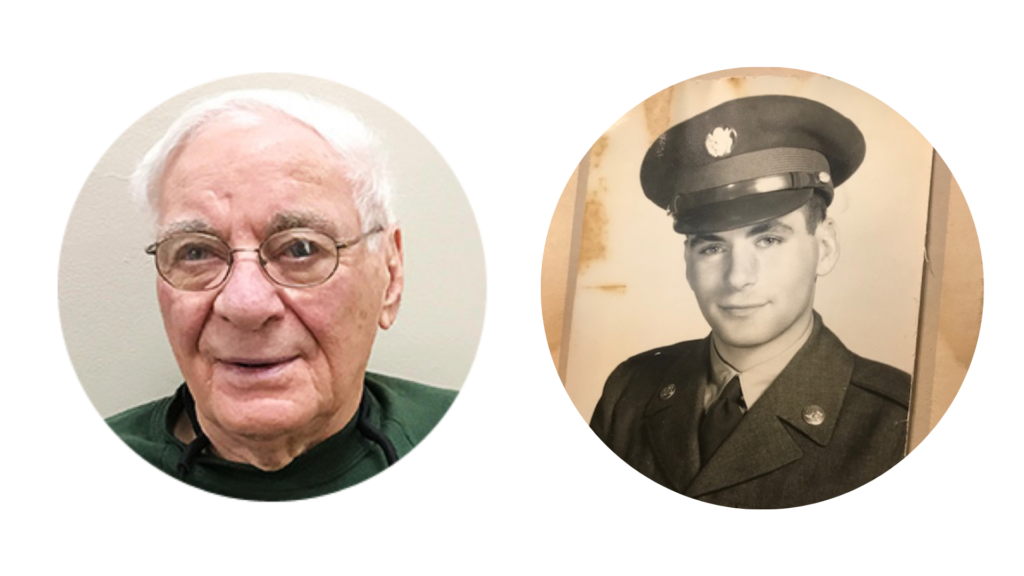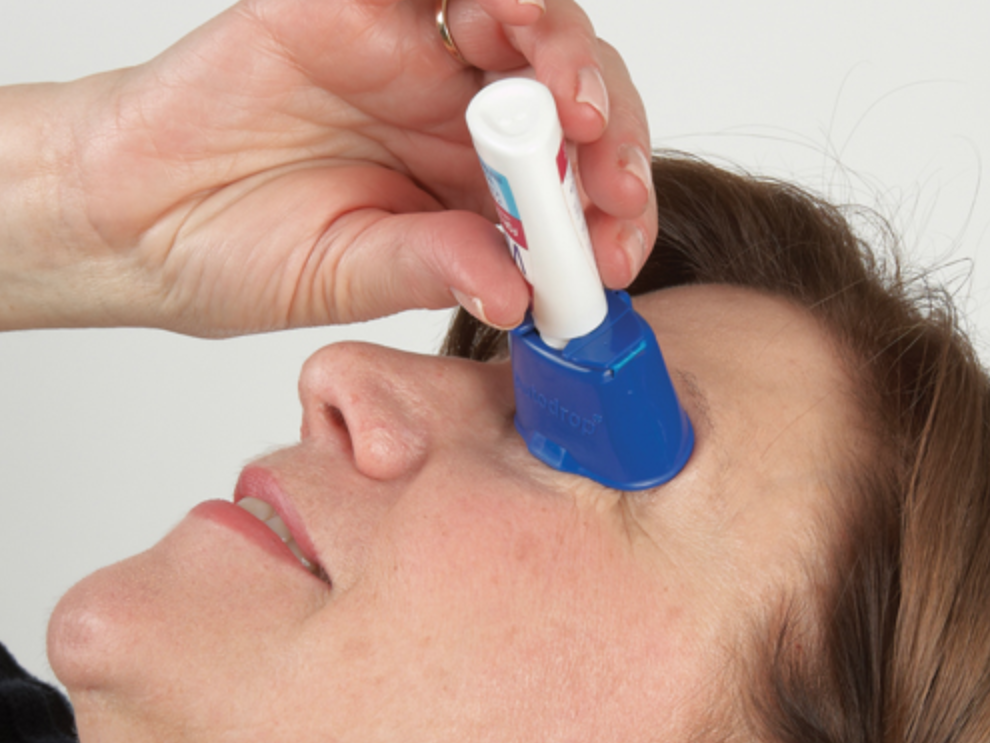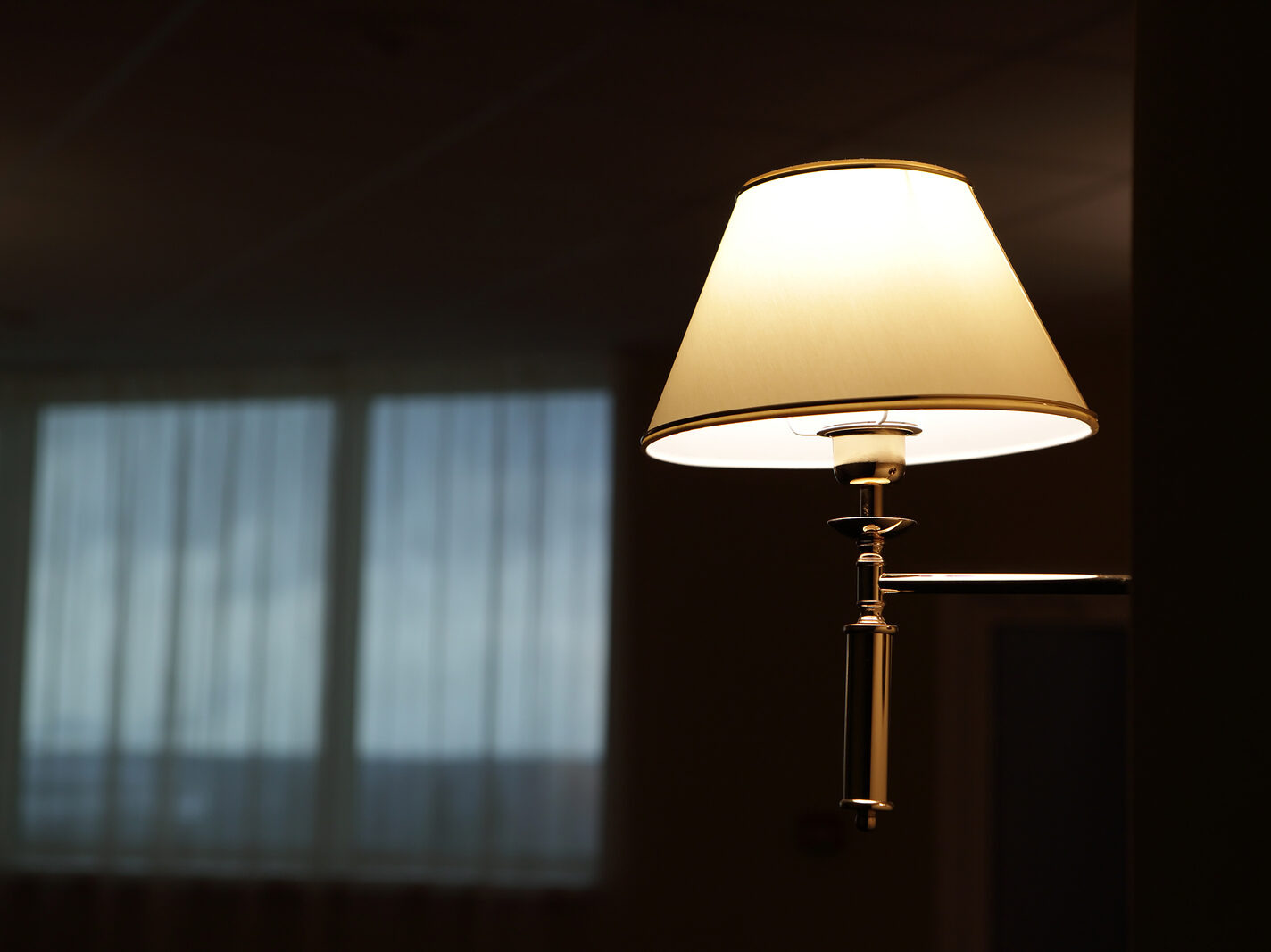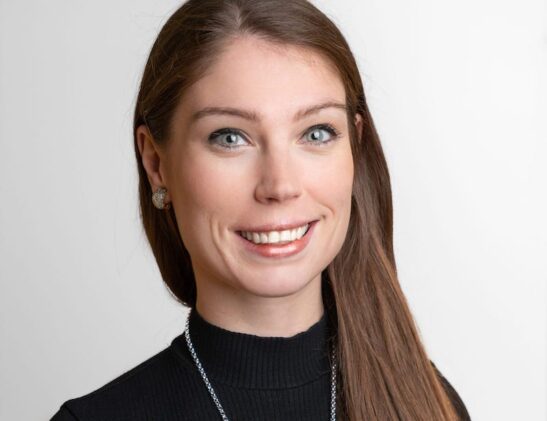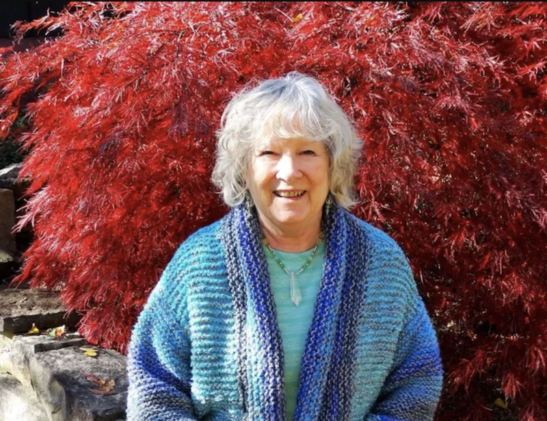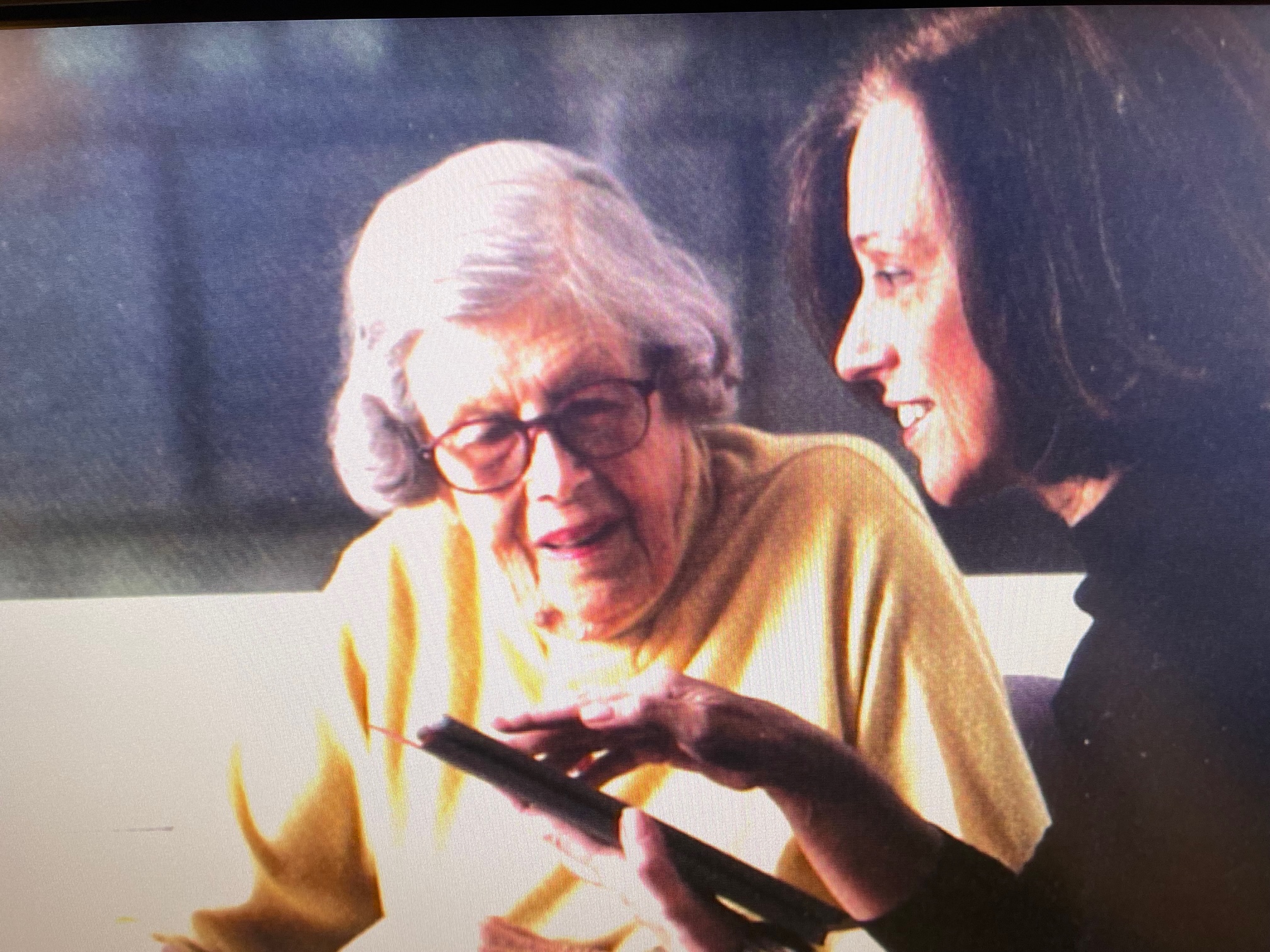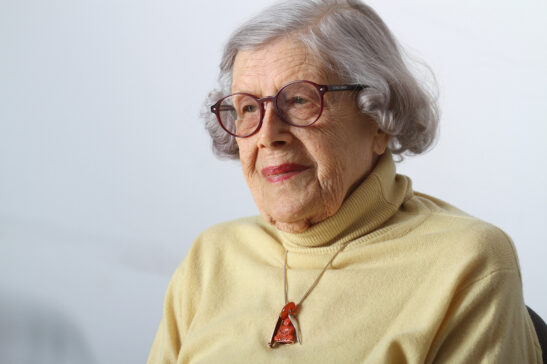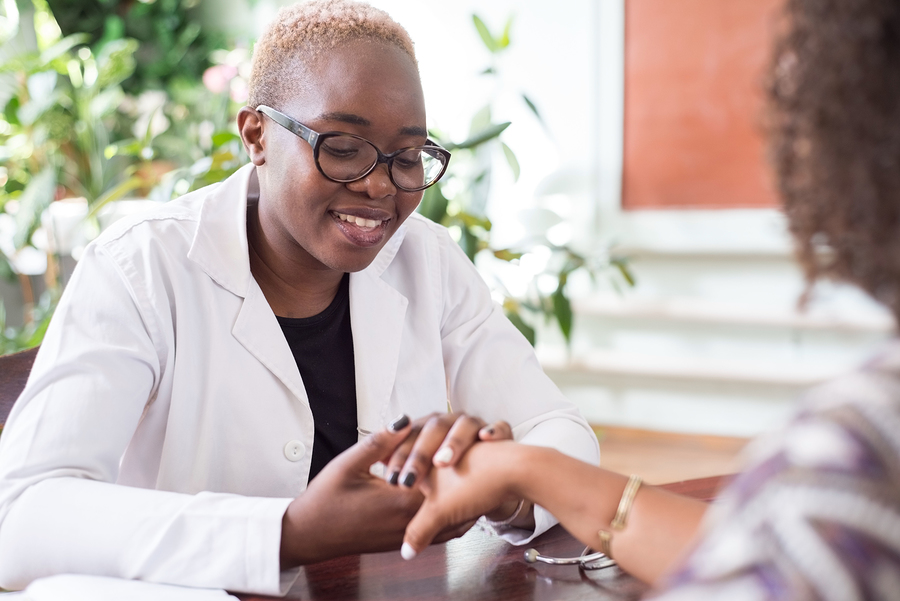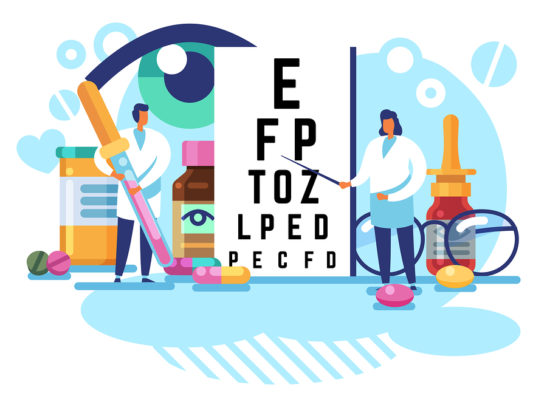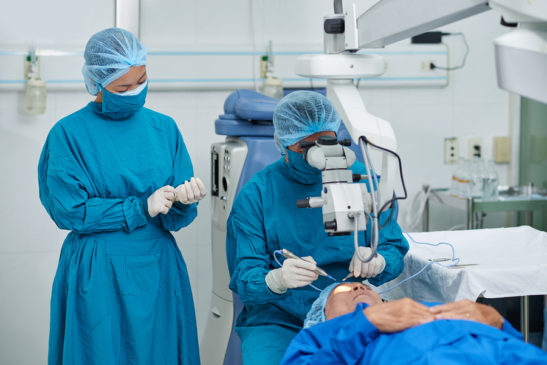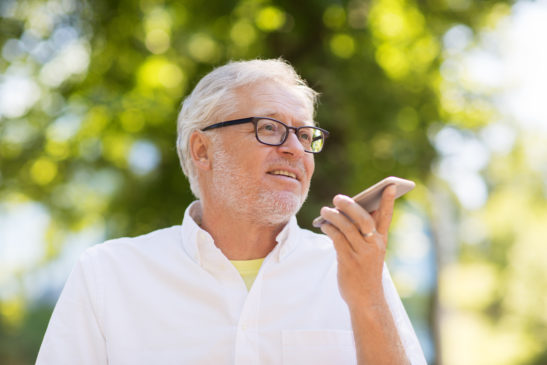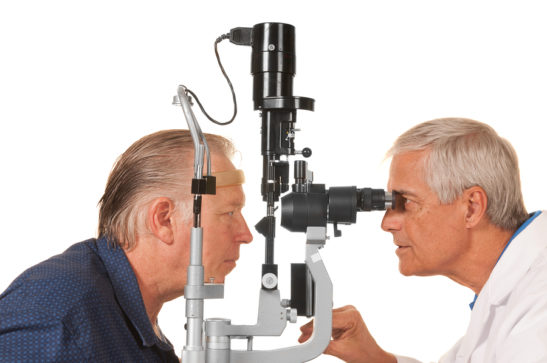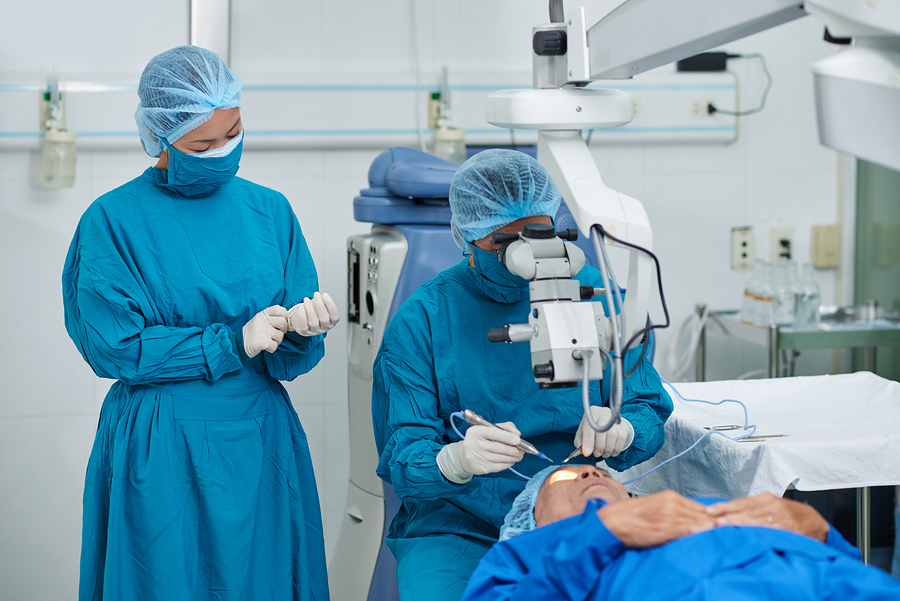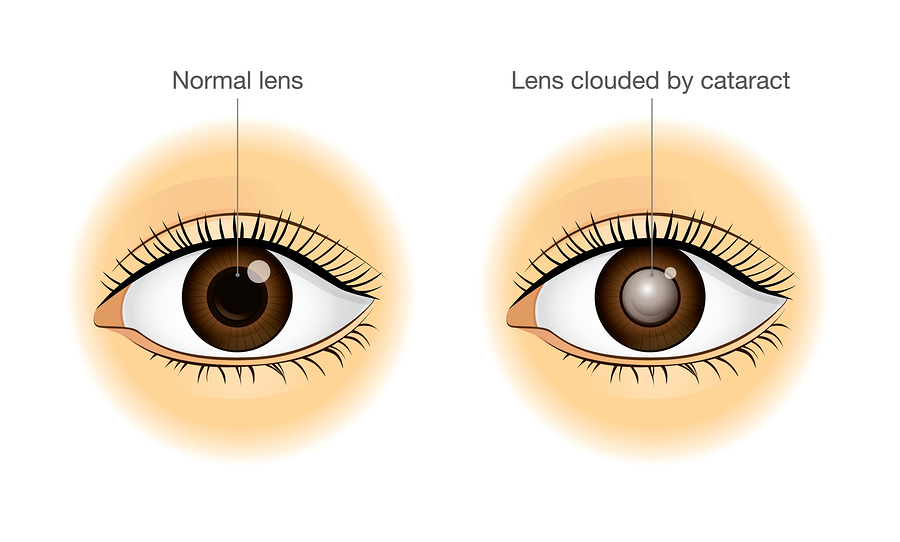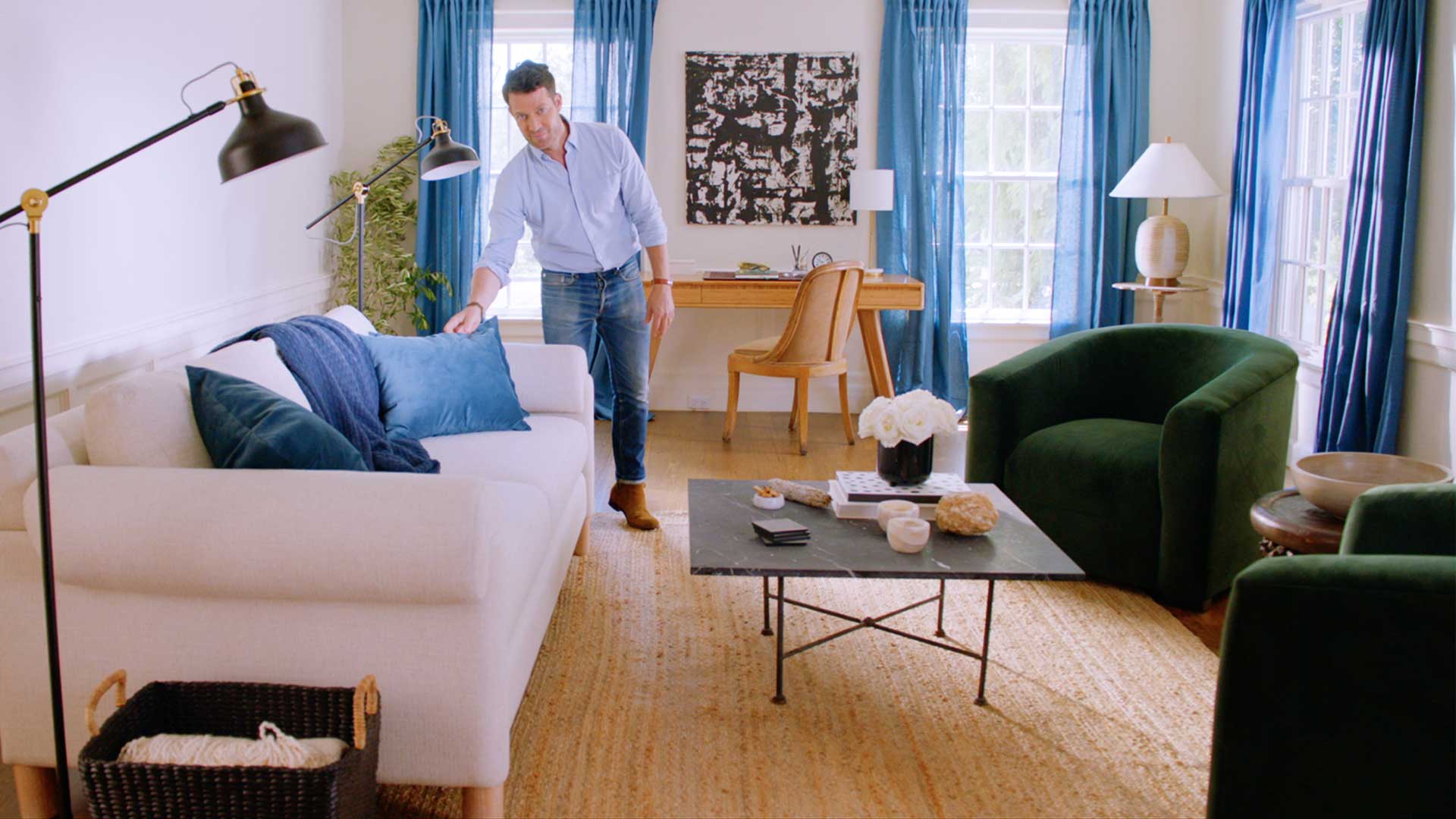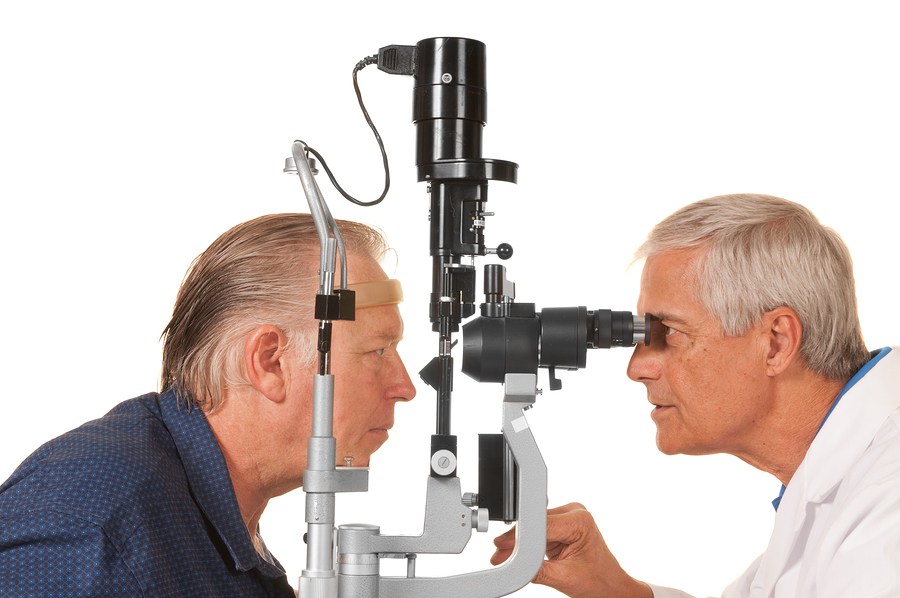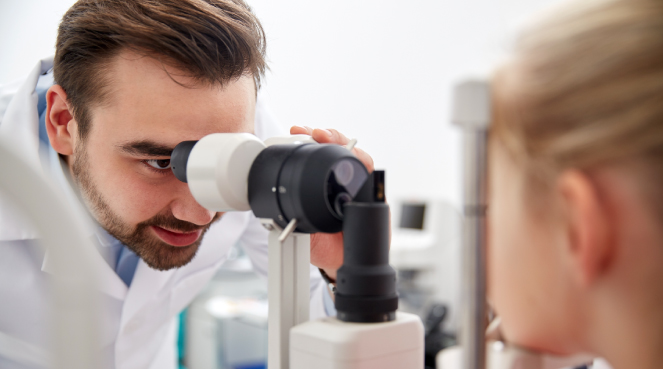The Anti-AMD Diet: New perspectives
While Age-Related Macular Degeneration (AMD) is commonly believed to be caused by uncontrollable risk factors such as family history, light color eyes, female gender, genetics and advanced age, mounting research suggests that preventing AMD may be more in our control than we think. Improving nutrition habits through small dietary changes has been found to prevent and slow the development of AMD, a leading cause of vision loss in the United States.
Many studies, including the Age-Related Eye Disease Study (AREDS) and AREDS 2, have shown the benefit of micronutrient supplementation in delaying the progression in patients with intermediate to advanced AMD. Many popular brands of eye vitamins now contain the study’s daily recommended daily formulation: 500 mg vitamin C, 400 IU vitamin E, 40 to 80 mg zinc, 2 mg copper, as well as 10 mg lutein and 2 mg zeaxanthin.
Healthy, Mediterranean-Style Eating

Diets rich in green leafy vegetables like kale and spinach, fruit and berries, nuts and legumes, and fish is the whole food counterpart to the AREDS supplement recommendation that is not only cancer-protective and heart-healthy, but a dietary line of defense against developing AMD, especially among high risk people.
Consumption of flavonoid-rich foods, specifically, has additionally been found to prevent AMD. Flavonoids are a type of polyphenol and powerful antioxidant found in many fruits and vegetables, as well as dried herbs, tea, red wine, and dark chocolate. A 15-year study conducted by the Westmead Institute for Medical Research on over 2,000 Australian adults over age 50 found that those with the highest consumption of total flavonoids, had the lowest odds of AMD by as much as 60 percent. Some of the foods highest in flavonoid content include: dried parsley, fresh capers, dried oregano, green tea, black tea, dark chocolate, leafy vegetables, onions, apples, berries, cherries, soybeans, and citrus fruits.
Macronutrients Matter Too
On the contrary to a diet rich in plant-based foods, diets high in fat, which is one of three main macronutrients, are strongly associated with a higher incidence of AMD. The Western style or standard American diet, which is a common style of eating among people living in the United States, is comprised largely of high-fat foods like full-fat dairy, butter or margarine, processed and red meats, sweets and desserts, refined white grains, and French fries. Not surprisingly, this diet is also strongly linked to higher rates of overweight and obesity. A large epidemiological study by Adams et al, which followed over 21,000 participants enrolled in the Melbourne Collaborative Cohort Study, separately confirmed abdominal fat as an independent risk factor for both early and late stage AMD. A study by Zhang et al found that having an elevated body mass index (BMI) increases the risk of AMD in a dose-dependent fashion, with 2% increased risk for each 1 kg/m2 increase in BMI within the overweight and obese BMI ranges.
More Research Indicates Importance of Nutrition
More recent studies are exploring the role of carbohydrates and the gut microbiota in AMD. The gut microbiome, or gut flora, are the trillions of microorganisms, including bacteria, archaea, fungi, and viruses, that live in the human digestive system. Consuming too much sugar, which is a carbohydrate, has been linked to obesity and many metabolic diseases, including diabetes and heart disease. A more recent experimental study in mice examined the effect of diets high in glucose, a simple carbohydrate, on the gut microbiome and AMD. In the animals fed a high glucose diet, there was a marked increase in harmful gut bacteria, which has been found to be related to greater retinal damage. In the mice fed a low glucose diet, on the other hand, there was a marked increase in beneficial gut bacteria, which has been associated with protection against AMD. While this research is new, it shows some promising and novel nutritional approaches to combat AMD.
Your Anti-AMD Game Plan

Next time you are in the supermarket, don’t forget: the choices are yours, remember to protect your eyes, and your health, through good food selection. Try to form an anti-AMD game plan that includes a variety of nutrient-rich colorful vegetables, fruits, healthy proteins and lower fat foods.
Here are 7 steps toward an eye-healthy diet:
- Aim for 1-1/2 to 2 cups of dark green vegetables each week, such as broccoli, bok choy, collard greens, dark green leafy lettuce, kale, mustard greens, spinach, turnip greens, and watercress.
- Make flavonoid-rich foods a regular part of your plate or cup: dried herbs, green or black tea, onions, apples, berries, cherries, soybean, and citrus fruits.
- Find ways to include 1 to 2 cups of beans and peas throughout the week, like lentils, chickpeas, dried or canned beans, green peas, and peanuts.
- Get your zinc naturally with seafood, chicken, pork, liver, eggs, wheat germ and fortified breakfast cereals.
- Aim for 2 servings of omega-3 rich fish per week, such as salmon, sardines or mackerel. Replace regular fat foods with low fat versions, like low fat or non fat milk and cheese, and incorporate foods that are high in good fats, such as avocado, olive oil, nuts, and eggs.
- Replace regular fat foods with low fat versions, like low fat or non fat milk and cheese, and incorporate foods that are high in good fats, such as avocado, olive oil, nuts, and eggs.
- Include regular activity throughout your day to help manage weight or lose abdominal fat.
An Anti-AMD Recipe For You
Try your hand at this nutritious and delicious salad mix.

Fennel & Orange Salad with Toasted Pistachios
Ingredients
- 2 navel oranges, peeled, quartered and thinly sliced
- 1 small bulb fennel, quartered, cored and very thinly sliced crosswise
- 1 cup very thinly sliced radishes, (about 8 radishes)
- ¼ cup coarsely chopped fresh cilantro
- 2 tablespoons extra-virgin olive oil
- 1 tablespoon plus 1 teaspoon lime juice
- 6 tablespoons shelled and lightly salted pistachios, toasted and chopped
- ¼ teaspoon salt
- Freshly ground pepper, to taste
Directions:
Combine orange slices, fennel, radishes (or jicama), cilantro, oil, lime juice, salt and pepper in a bowl. Gently toss to mix. Just before serving, sprinkle nuts over the salad.
Nutrition Facts per 1 cup serving:
181 calories; 12 g fat (2 g sat); 4 g fiber; 17 g carbohydrates; 4 g protein; 46 mcg folate; 0 mg cholesterol; 9 g sugars; 797 IU vitamin A; 50 mg vitamin C; 71 mg calcium; 1 mg iron; 176 mg sodium; 470 mg potassium
This article was previously published Feb 5, 2019 and updated Jul 9, 2024.
Recipe via EatingWell.
Written by:
Michelle Milgrim, MS RD CDN CCMS, is a registered dietitian and culinary nutrition specialist with a food-first approach to health promotion and disease prevention. She is a clinical dietitian for Foodsmart and supports personal well-being goals in her own private practice.
Jennifer Young, Dietetic Intern, Northwell Health.


